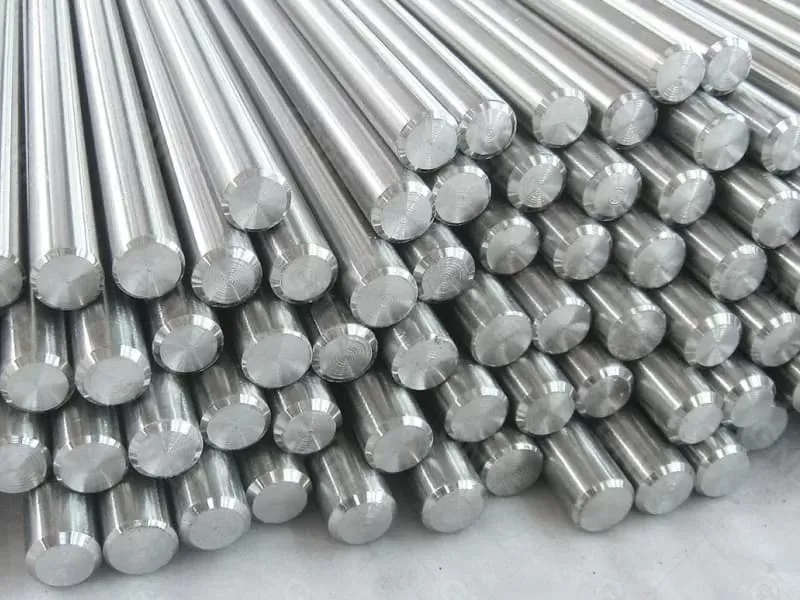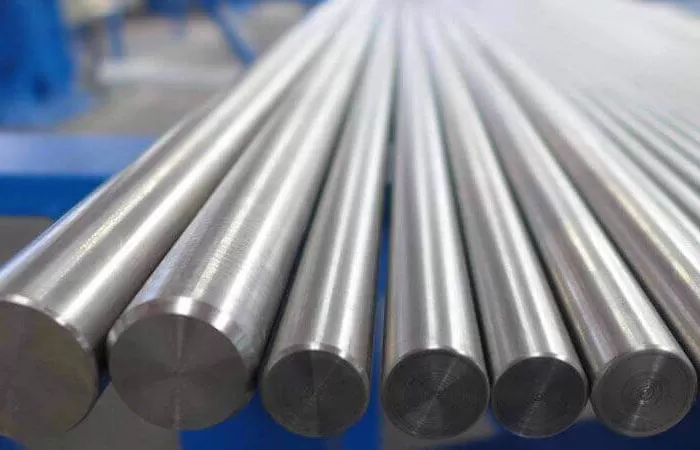
The global nickel market in late 2025 is characterized by a complex interplay of factors that are influencing prices and production strategies. As of September 26, 2025, nickel prices have experienced a slight pullback, trading between $15,000 and $15,800 per ton. This price range has remained relatively stable since April 2025, indicating a market under pressure from persistent oversupply and shifting demand dynamics.
Oversupply and Market Dynamics
Indonesia continues to dominate global nickel production, accounting for approximately 69% of the world's output. The nation's production surged by 21% in the first half of 2025, largely driven by increased exports of nickel pig iron (NPI) to China. This surge has led to record-high inventories on the London Metal Exchange (LME), with stocks reaching 308,000 tons, including a significant rise in Chinese-refined nickel made from Indonesian ore.
Despite this oversupply, investment funds are betting that nickel prices have bottomed out, with bullish positions on the LME climbing to their highest levels since the March 2022 market suspension incident. This optimism stems from expectations that regulatory actions by the Indonesian government, such as tighter permitting and plans to return to annual quotas, could curb supply and support a potential price recovery.
Impact of Tariffs and Trade Policies
The imposition of tariffs on steel and aluminum imports by the United States has had a ripple effect on the nickel market. In March 2025, the U.S. imposed a 25% tariff on all steel and aluminum imports, which was increased to 50% in June 2025. This move aims to strengthen domestic production but has led to increased costs for manufacturers relying on imported materials, including those in the stainless steel sector.
These tariffs have disrupted global supply chains and prompted countries like the European Union to consider protective measures for their domestic industries. The EU is preparing to introduce tariffs ranging from 25% to 50% on Chinese steel and related products to address concerns about the influx of low-priced Chinese steel into European markets.
Strategic Shifts in Production and Investment
In response to these market challenges, companies are reevaluating their production strategies and investment plans. For instance, India company has signed a memorandum of understanding with the Maharashtra government's industries department to invest ₹1,375 crore in an iron and steel project in Nagpur. This initiative aims to generate at least 600 direct jobs and many more in related sectors, reflecting a strategic move to bolster domestic production capabilities.
Additionally, the Brazilian competition authority has initiated an investigation into Anglo American's proposed $500 million sale of its nickel operations in Brazil to MMG Singapore Resources, a Chinese-backed company. This probe underscores the geopolitical sensitivities surrounding critical mineral resources and the strategic importance of nickel in global supply chains.
Conclusion
The nickel market in late 2025 is at a crossroads, influenced by oversupply, trade policies, and strategic shifts in production and investment. While current prices remain subdued, the potential for a market rebound exists, contingent on regulatory actions and adjustments in global supply-demand dynamics. Stakeholders in the nickel industry must navigate these complexities to position themselves effectively for the future.

2025-11-19 14:09:22

2025-11-07 17:27:49

2025-11-05 15:44:44

25th floor, C3 Building, Wanda Plaza, Kaifu District, Changsha, Hunan Province, China